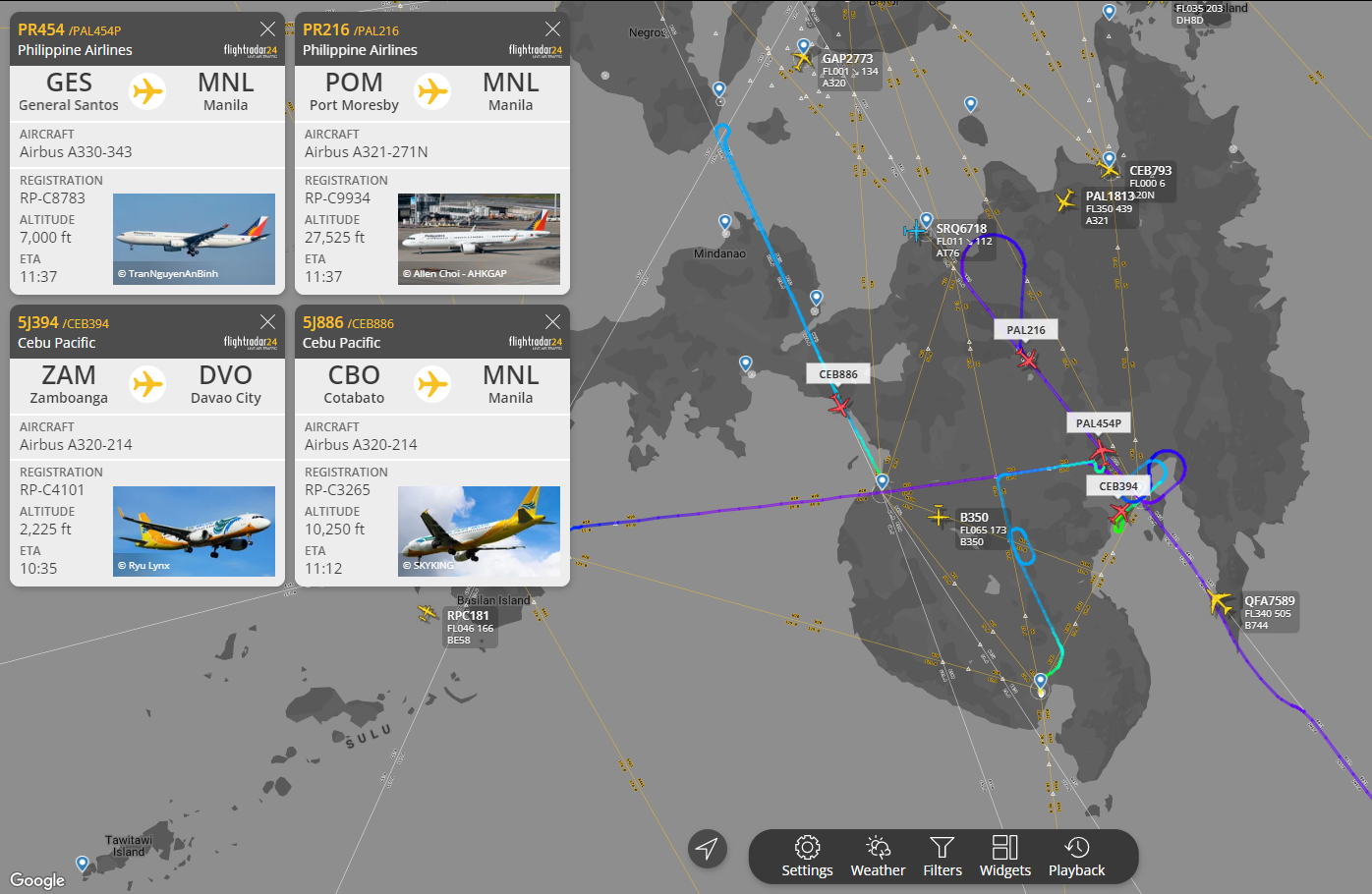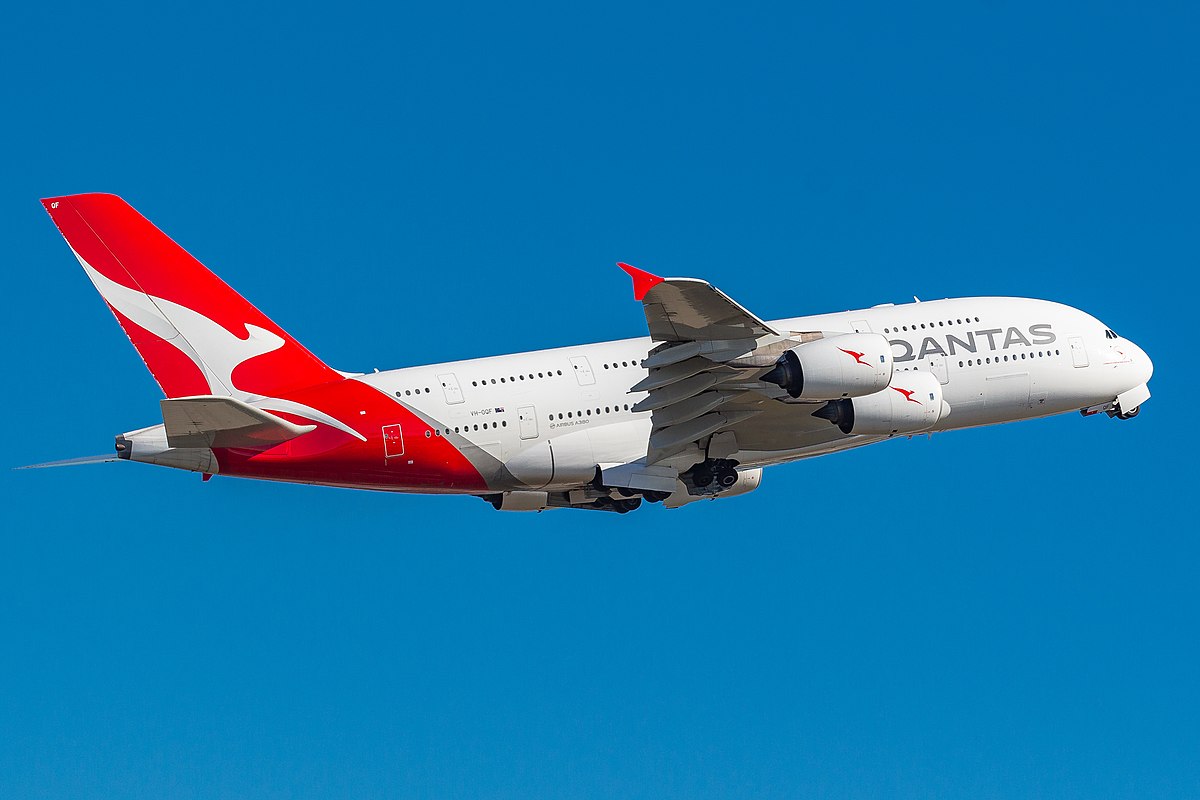The Philippine airspace abruptly closed on New Year’s morning due to a technical issue with the air traffic management system at the Philippine Air Traffic Management Center (ATMC) since 9:49 AM (local time).
AviationUpdatesPH.com first broke the news at 10:39 AM of a country-wide flight disruption. Flights were seen holding and diverting in all airports in the Philippines due to the loss of communication with air traffic control.
“At around 9:49AM local time, the Air Traffic Management Center (ATMC) which serves as the facility for controlling and overseeing all inbound and outbound flights and overflights within the Philippine airspace, went down due to power outage, resulting to loss of communication, radio, radar, and internet,” Department of Transportation (DOTr) Secretary Jaime Bautista said in an online press conference.
“The primary cause identified was a problem with the power supply and the degraded uninterrupted power supply which had no link to the commercial power and had to be connected to the latter manually. The secondary problem was the power surge due to the power outage which affected the equipment,” he added.
Cathay Pacific flight CX-901 from Hong Kong and Jeju Air flight 7C-4407 from Seoul-Incheon declared a radio failure emergency (squawk 7600) en route. However, these two flights landed safely in Manila and Bohol-Panglao, respectively.
Cebu Pacific Air confirmed the issue at noon: “Cebu Pacific advises its passengers that the Philippine Air Traffic Management Center (ATMC) is currently experiencing power outage and loss of communication which are affecting all operations,” the advisory reads.
National flag carrier Philippine Airlines also released an advisory on Sunday saying: “A number of flights of PAL and other airlines will need to be delayed or diverted today, 01 January 2023, as a result of technical issues with the navigational air traffic management system for the Manila area which is affecting departures and arrivals of scheduled flights.”
Flights were at a standstill in all airports in the country since no departures and arrivals were allowed pending the resolution of the technical issues.
Airline passengers are advised to check their flight status before proceeding to the airport. Affected guests may contact their airlines for options.
Why are flights disrupted?
The ATMC serves as the facility for controlling and overseeing all inbound and outbound flights and overflights within the Philippine airspace. Air traffic controllers housed at the ATMC give directions and clearances for air traffic in the interest of aviation safety.
The technical issues at the central facility meant that aircraft had no communication with air traffic services while cruising over the Philippine airspace. If flights were to push through, safety is greatly at risk since pilots would be flying blind against other aircraft with no air traffic control intervention.
The Civil Aviation Authority of the Philippines (CAAP), the agency responsible for the country’s air traffic management, apologized on Sunday afternoon over the New Year fiasco while reassuring that safety is the top priority of the agency.
As of 4:00 PM, the Manila International Airport Authority (MIAA) estimated a total of 282 flights were cancelled affecting over 56,000 passengers in Manila alone.
Partial operations resumed
The DOTr announced the resumption of partial operations in the Philippine airspace at 4:00 PM. Flights are still limited based on the issued Notice to Airmen (NOTAM).
Hourly arrivals in Manila are reduced to 15 per hour amid the ongoing issues. International flights departing and arriving in Manila are also given a 10-minute separation per airway between aircraft.
On Sunday afternoon, the NOTAM limited Manila domestic flights to Iloilo, Kalibo, Laoag, Puerto Princesa, Busuanga, Caticlan, Bacolod, Bicol, Cauayan, Naga, Roxas, Tuguegarao, and Virac.
As of January 2, these restrictions have been gradually lifted. Airlines are now setting up and flying recovery flights for affected passengers.
























Leave a comment